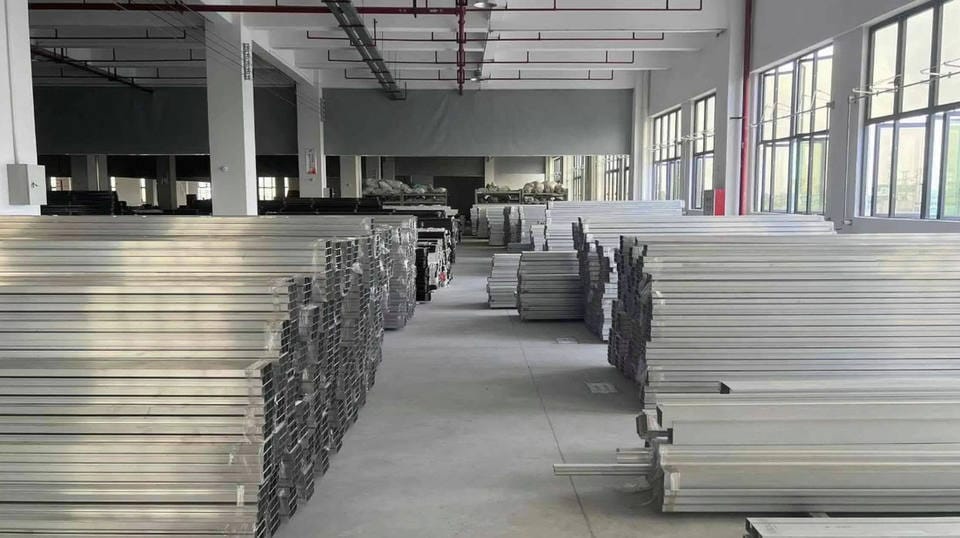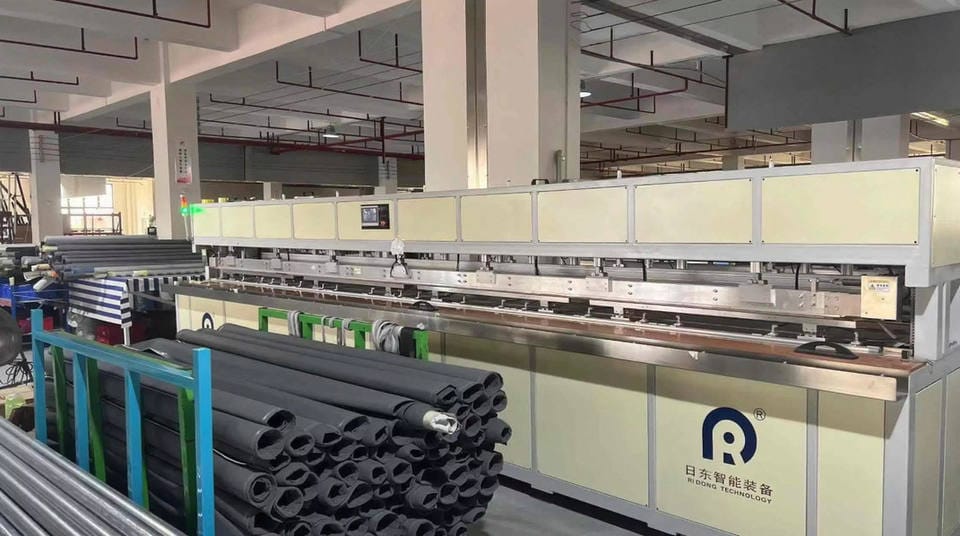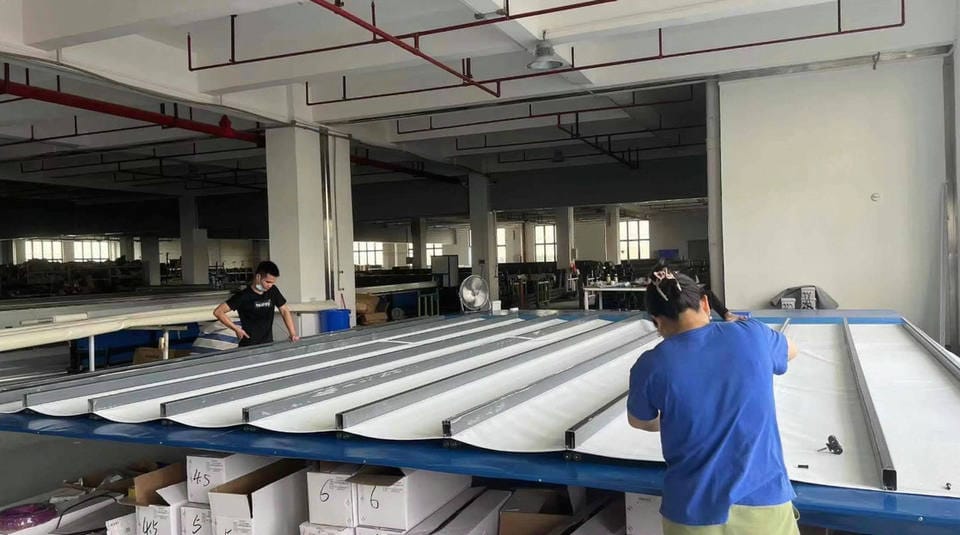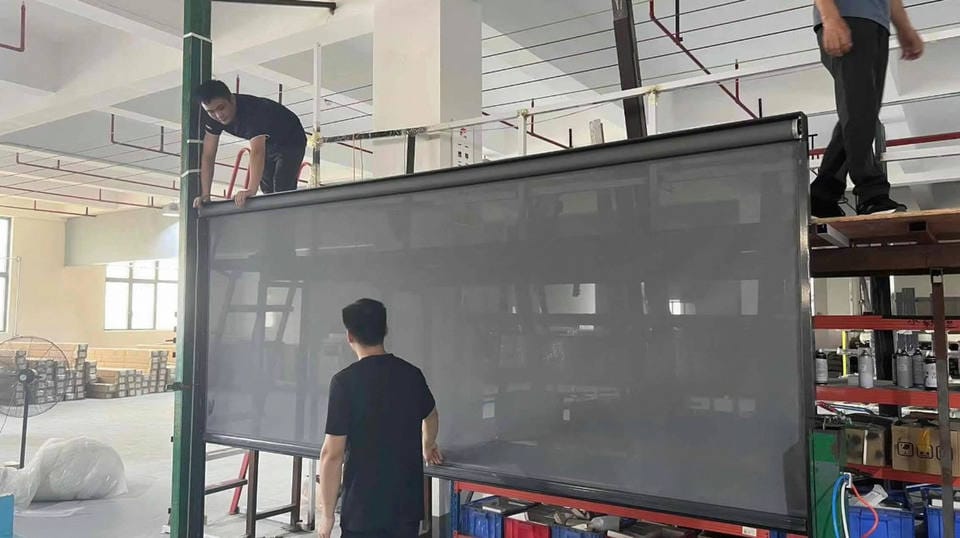Thinking about a new glass shower door and stuck between a hinged or a pivot style? This guide explains how each works, what U.S. codes require, space and accessibility implications, cost ranges, hardware and waterproofing details, and a clear decision checklist.
Quick definitions (so we’re on the same page)
Hinged door: The glass panel is side-mounted to a wall or adjacent glass with standard hinges. It usually swings outward only (some systems allow two-way). Great sealing, very familiar operation.
Pivot door: The panel rotates on top and bottom pivot pins; the pivot point can be near the edge or set inboard. Often swings both in and out, which saves side clearance and can suit tight layouts.
U.S. code & safety you should know (non-negotiables)
- Out-swing for hinged doors: The International Residential Code requires hinged shower doors to open outward for safe egress.
- Minimum clear opening: The shower entry must provide a clear 22-inch minimum opening (finished).
- Safety glazing: Shower doors/enclosures are a designated hazardous location and must use compliant safety glass (tempered or laminated) labeled to CPSC 16 CFR 1201 / ANSI Z97.1. Check the permanent stamp or documentation.
Always confirm with your local AHJ (authority having jurisdiction). Local amendments can add details.
Space planning & accessibility (real bathrooms, real constraints)
- Clearances: Out-swinging doors need swing space in the bathroom; that’s easier to meet with hinged doors that only swing out. Pivot doors often swing both ways, which can help in tight alcoves but still need safe maneuvering space.
- ADA considerations (public/commercial or accessible home projects): Transfer-type showers require a 36-inch minimum entry; roll-in types call for even wider entries. Threshold on accessible routes is ½-inch max. Sliding entries or curtains are often simpler for wheelchair users.
Structure & hardware (what holds the glass up)
- Wall backing: Hinged doors put load into the hinge side stud bay; best practice is solid wood blocking (double 2×4 preferred) behind tile at the hinge and at any clamps.
- Pivot load path: Pivots transfer weight to top and bottom points and can be friendlier when you don’t have ideal wall blocking—though the floor/top anchoring must be secure and properly sealed.
- Glass thickness: For frameless doors, 3/8-inch (10 mm) is the U.S. sweet spot; 1/2-inch (12 mm) is reserved for very large/tall spans with heavier hardware. Thicker glass adds weight without much day-to-day benefit.
Water management (where leaks actually come from)
- Thresholds & slope: Regardless of hinge or pivot, success depends on a properly sloped shower floor and threshold details. Curbless entries are great—if slope and drain placement are right.
- Seals & silicone: Expect vinyl door sweeps, magnetic seals, and 100% silicone at critical joints. Manufacturer guides show exactly where to seal to prevent weeps.
- Curbless note: If water runs out, it’s usually slope—not the door. Fix grading, not just gaskets.
Cost snapshot (materials + install)
Typical U.S. installed cost for a glass shower door is about $950 on average, with common ranges roughly $500–$1,400. Custom frameless, tall glass, neo-angle, and premium hardware push higher; budget framed units cost less.
Pros & cons at a glance
| Factor | Hinged Door | Pivot Door |
|---|---|---|
| Swing | Outward (code-compliant; some two-way systems) | Often two-way (in & out), flexible in tight spots |
| Sealing | Typically better perimeter sealing | Good, but more sensitive to level & threshold |
| Structure | Needs solid hinge-side blocking | Loads top & bottom; floor/top anchors matter |
| Glass | 3/8″ standard; 1/2″ for large spans | Same; check hardware weight ratings |
| Accessibility | Out-swing helps egress; watch swing conflicts | Two-way swing can help, but mind clearances |
| Install sensitivity | Plumb walls crucial; hinge alignment | Precise pivot placement & waterproofing |
| Typical use | Alcoves, standard walk-ins | Tight alcoves, corner & curbless designs |
Which should you choose?
Choose a hinged door if you:
- Have solid wall blocking on the hinge side (or can add it).
- Want the strongest perimeter seal and a classic out-swing.
- Have enough swing clearance in front of the shower.
Choose a pivot door if you:
- Need a two-way swing to navigate tight floor space.
- Are doing a curbless or minimal-frame aesthetic and can precisely set the floor/top anchors and waterproofing.
- Want to shift the load off a questionable wall (but can secure the floor/top points).
Measurement & prep checklist (U.S. homeowners)
- Confirm code: Out-swing for hinged; ≥22″ clear entry; safety glazing labeling visible.
- Map swing space: Ensure the door will not hit a vanity, toilet, or towel bar.
- Check plumb: Measure width and plumb at top/middle/bottom; note out-of-square conditions.
- Find studs: Locate or plan blocking at hinge/clamp points (or plan a pivot with secure top/bottom anchoring).
- Pick glass: 3/8″ tempered is the default; go 1/2″ only for large/tall doors with rated hardware.
- Plan sealing: Threshold/curbless slope, silicone joints, and bottom sweeps.
Accessibility notes (if you’re designing for aging-in-place or ADA-like goals)
- Target 36″ entry for transfer-type showers (wider for roll-in).
- Keep thresholds ≤½” on accessible routes.
- Consider sliding or curtain entries where door swing complicates wheelchair maneuvering.
FAQs
- Do hinged shower doors have to swing out in the U.S.?
Yes—IRC requires outward swing for hinged shower doors to permit safe egress.
- What glass is “legal” for shower doors?
Safety glazing (tempered or laminated) certified to CPSC 16 CFR 1201 / ANSI Z97.1 with a permanent label.
- What glass thickness should I pick?
3/8″ is the standard for frameless; use 1/2″ for large/tall spans with heavier-duty hardware.
- How much will it cost me?
Expect roughly $500–$1,400 for typical setups; custom frameless configurations can exceed that.
Bottom line
If you have solid wall structure and plenty of swing room, a hinged door is straightforward, seals well, and satisfies code cleanly.
If your space is tight or you want a sleek, minimal look with flexible swing, a pivot door is excellent—just pay extra attention to floor/top anchoring, slope, and sealing.
Also Read :Hinged Doors Vs. Pivot Doors









